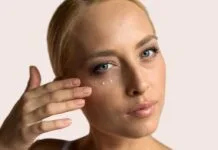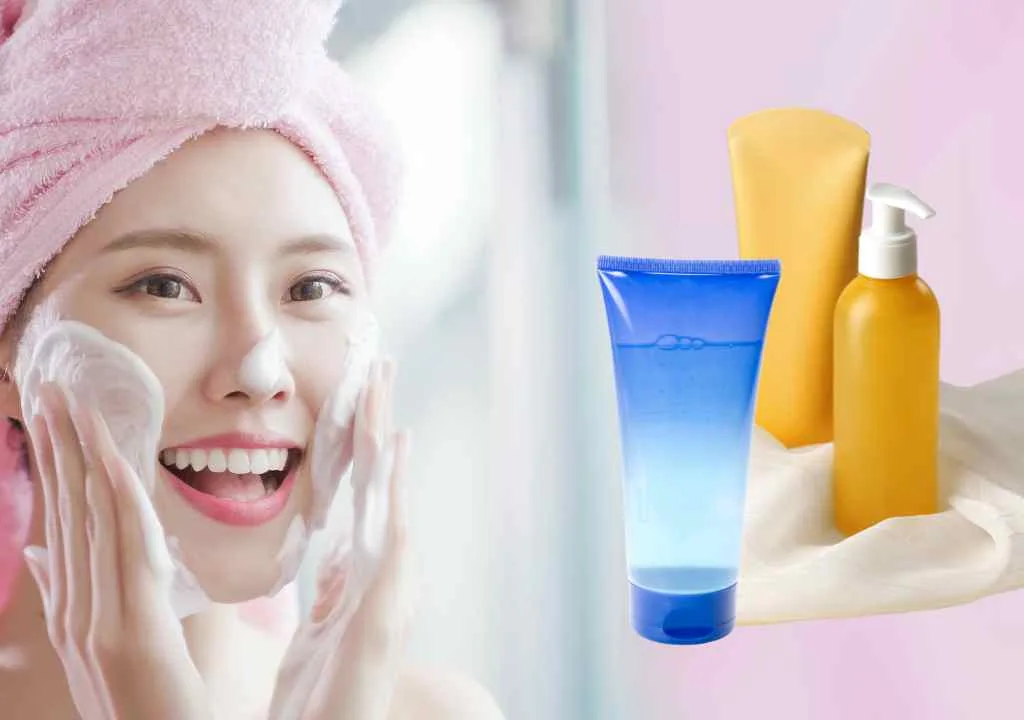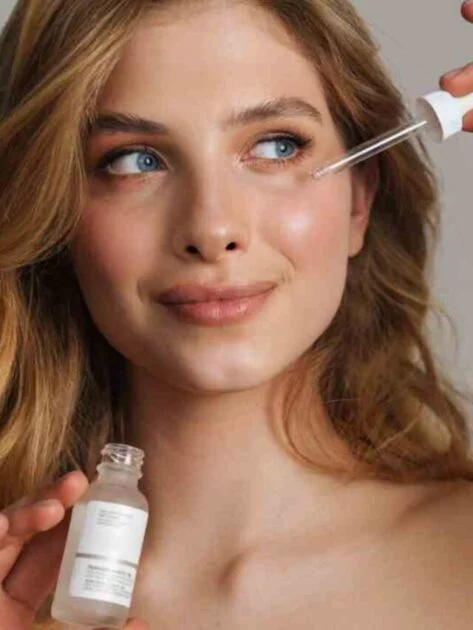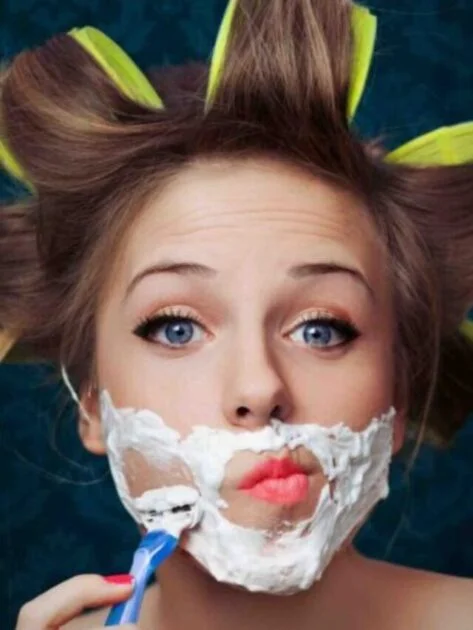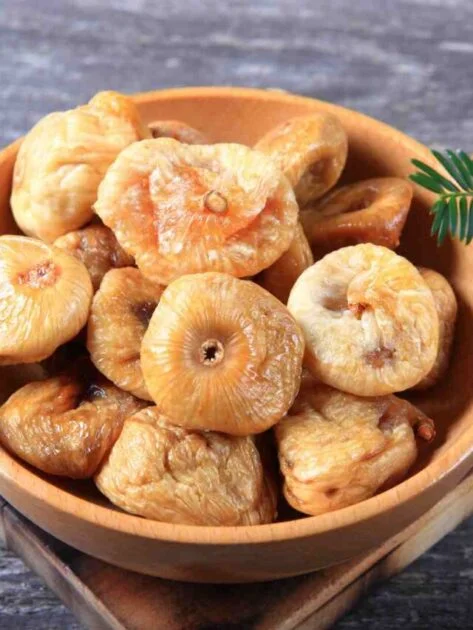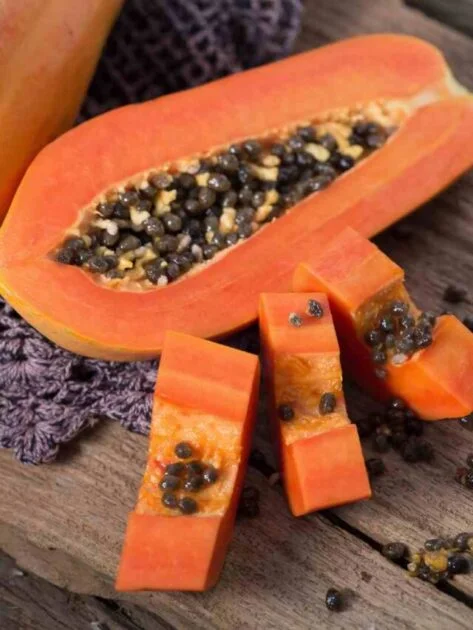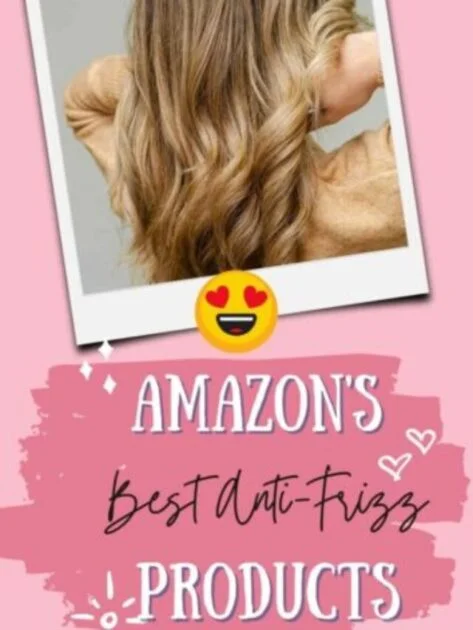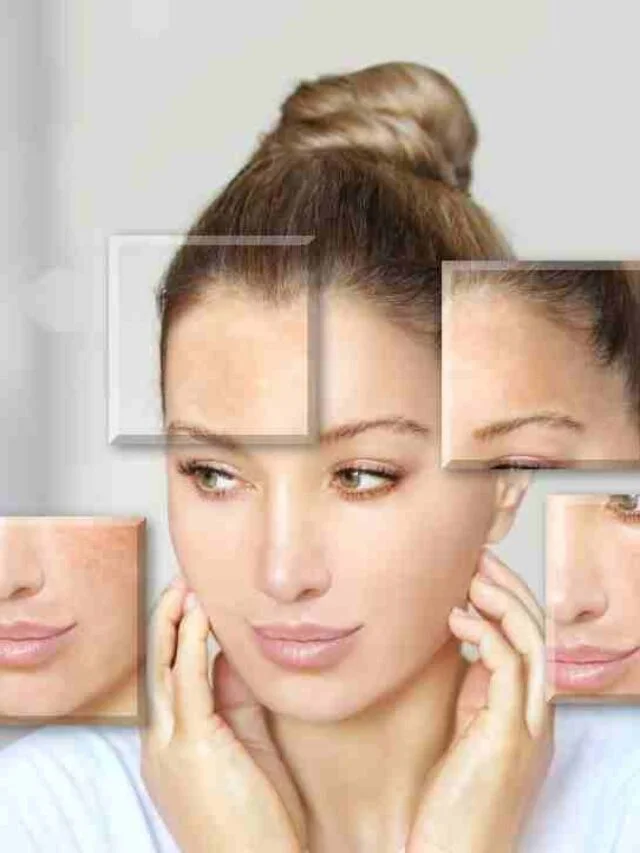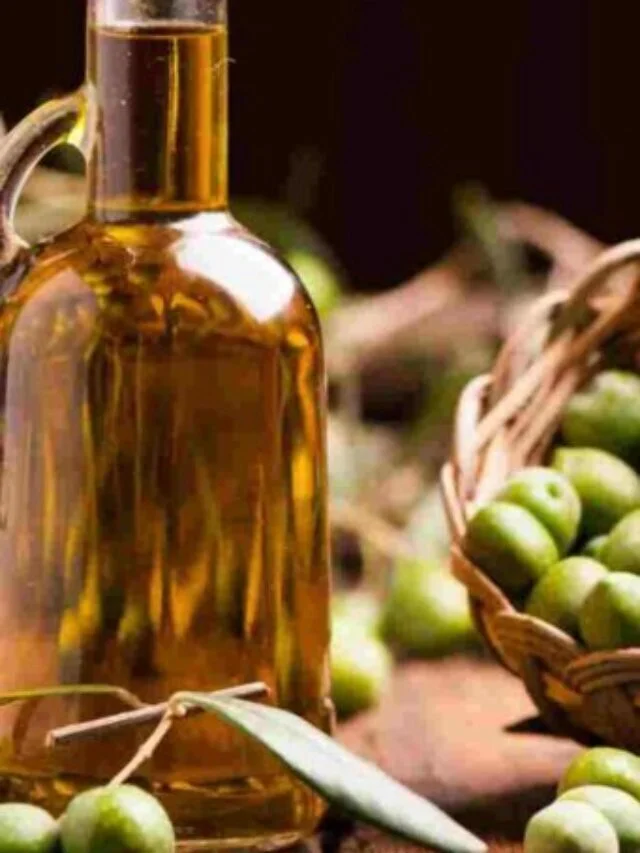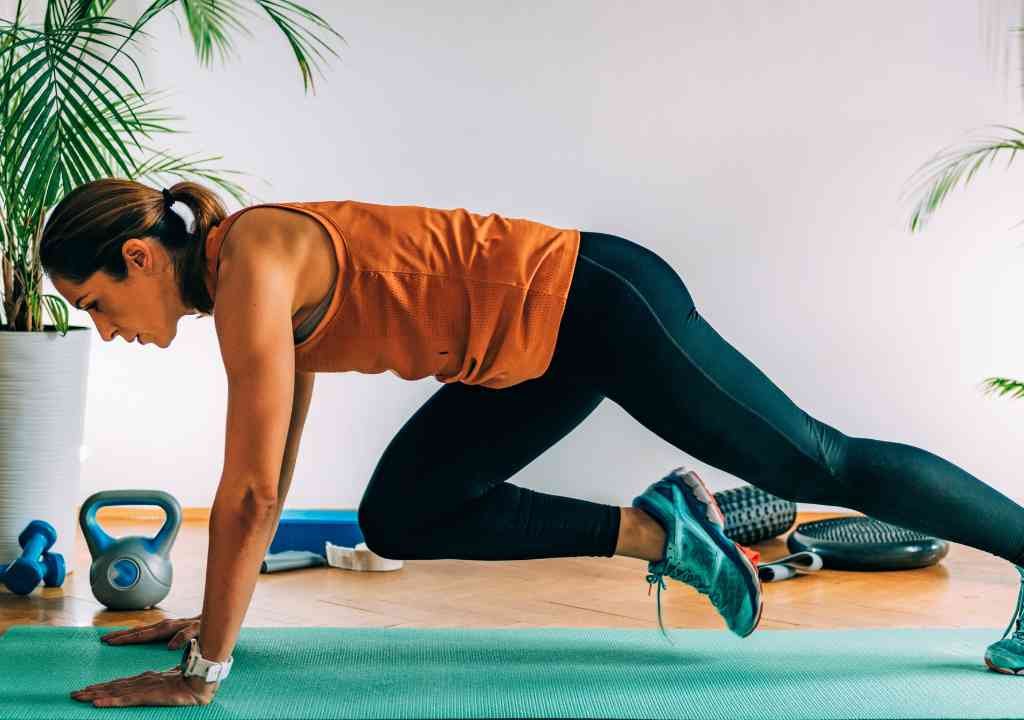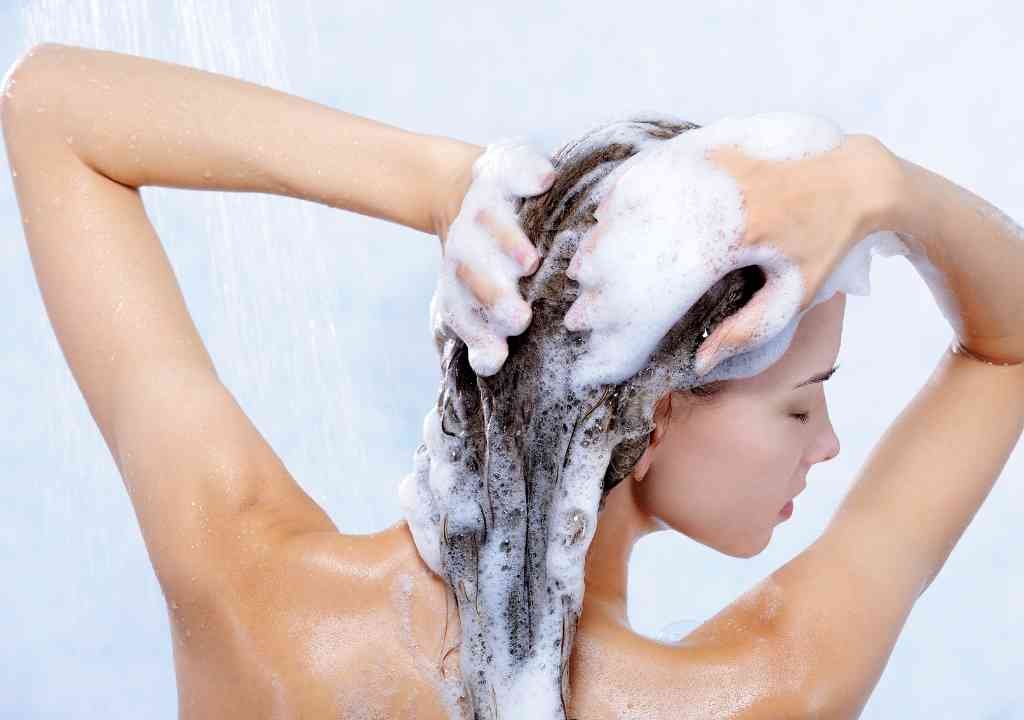In the vast landscape of skincare, one trend has quietly persisted, offering a gateway to radiant, supple skin: slugging for glowing skin. Despite its longevity, this practice remains enigmatic to many, obscured by layers of confusion and misinformation. This guide aims to demystify the phenomenon, shedding light on who can benefit, who should proceed with caution, the optimal products to use, and the precise techniques for achieving luminous, glowing skin.
Understanding Slugging:
Table of Contents
The Basics At its core, slugging entails the application of an occlusive ointment, typically petrolatum-based, as the final step in one’s nighttime skincare regimen. This dense, emollient layer forms a protective barrier, sealing in moisture and facilitating the skin’s natural healing processes. Dermatological science supports this concept of occlusives creating a barrier to prevent transepidermal water loss. Ingredients like petrolatum, mineral oil, and lanolin are known to be effective occlusives, helping to maintain skin hydration.
The Power of Petrolatum:
A Time-Tested Ingredient In the realm of slugging, one ingredient reigns supreme: petrolatum. Often synonymous with the venerable brand Vaseline, petrolatum boasts a storied legacy dating back to the 19th century. Despite prevailing misconceptions regarding its safety, cosmetic-grade petrolatum proves entirely benign, devoid of the carcinogenic compounds found in its unrefined counterpart. Numerous scientific studies have confirmed the safety of petrolatum in skincare products.
Who Stands to Benefit from Slugging?
While slugging doesn’t offer a universal solution, certain individuals stand poised to reap its rewards. Those grappling with dryness, sensitivity, or compromised skin—be it from environmental stressors or post-procedural care—can find solace and expedited healing through slugging for glowing skin. Similarly, individuals seeking to augment their skincare regimen’s efficacy or combat transepidermal water loss, especially in colder climes, may find slugging a welcome addition to their routine.
Slugging for Glowing Skin – Proceed with Caution:
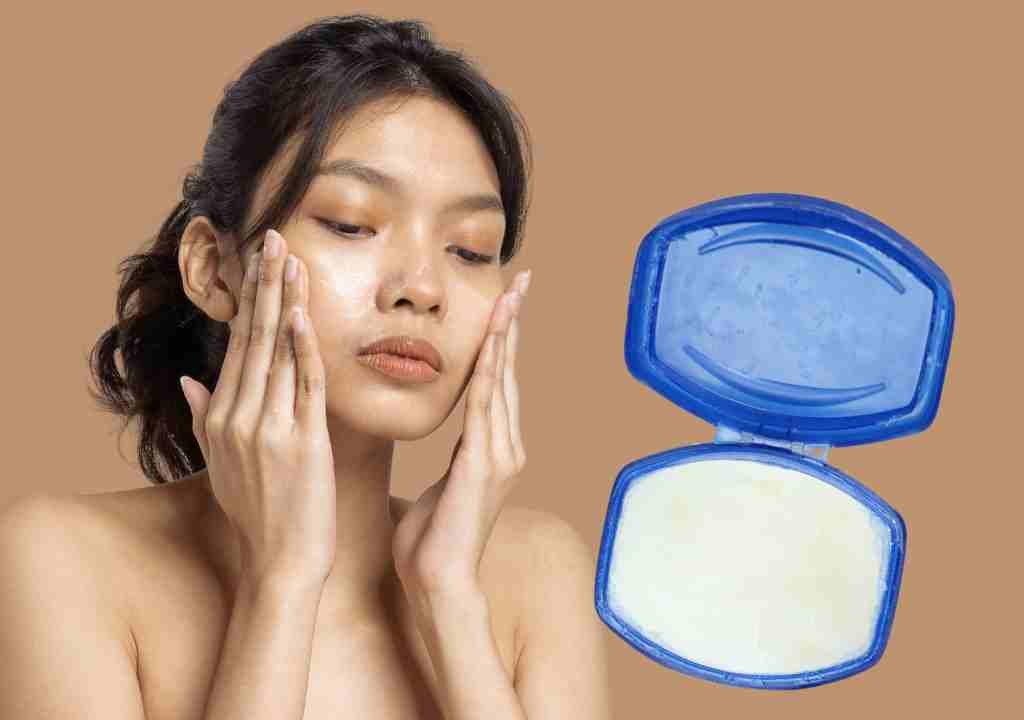
Who Should Exercise Care? Despite its allure, slugging isn’t without its caveats. Individuals with oily or acne-prone skin may find the added occlusive layer exacerbates their concerns, potentially triggering breakouts or discomfort. Likewise, those inhabiting humid climates or prone to excessive perspiration may find slugging less appealing due to heightened moisture retention. Moreover, individuals with rosacea or heat-sensitive skin should approach slugging judiciously, as it may exacerbate flushing and discomfort.
Selecting the Right Products:
Beyond Vaseline While Vaseline remains a classic choice for slugging, there exists a myriad of alternatives tailored to diverse preferences and skincare needs. aquaphor healing ointment, celebrated for its spreadability and moisturizing properties, presents a compelling option for those seeking a lighter texture. Similarly, products such as CeraVe Healing Ointment offer additional benefits, from enhanced hydration to unique shielding polymers, ensuring breathability without compromising effectiveness.
Mastering the Art of Slugging:
Techniques for Optimal Results Achieving mastery in slugging demands precision and technique. Initiate the process by thoroughly cleansing the skin, eliminating impurities, and optimizing product absorption. For a pure slug, apply the petrolatum-based ointment directly to damp skin, refraining from layering over potent actives like exfoliating acids or retinoids. Start conservatively with product application, incrementally adjusting as needed, and aim to slug at least 30 minutes before bedtime for maximal efficacy without sacrificing comfort.
Beyond the Face:
Embracing Body Slugging While facial slugging commands attention, its benefits extend beyond mere visage to encompass the entire body. For individuals contending with conditions like eczema or dry skin, the “soak and smear” technique proves invaluable. Following a bath or shower, apply a moisturizing or medicated cream to damp skin, sealing in moisture and enhancing product efficacy. Similarly, incorporating body slugging into one’s routine can hasten healing and restore suppleness to parched skin.
Exploring Alternatives:
Nurturing Skin Sans Slugging For those disinclined to embrace slugging or exploring alternative avenues, myriad strategies exist to promote skin hydration and vitality. Installing a humidifier in one’s bedroom can mitigate transepidermal water loss and preserve optimal moisture levels. Additionally, opting for rich, nourishing body lotions such as CeraVe Moisturizing Cream or First Aid Beauty Ultra Repair Cream offers a lighter alternative to petrolatum-based ointments while delivering potent hydration.
Expert Advice:
Insights from Dr. Sam Ellis Slugging as a skincare trend has been around for quite some time now, but a lot of people still have a ton of confusion around the topic. In this video, Dr. Sam Ellis, a board-certified medical and cosmetic dermatologist in Northern California, provides comprehensive guidance on slugging. Covering topics like who’s a good candidate for slugging, who’s not, what products to use, and how to do it properly, Dr. Ellis offers invaluable insights to help viewers achieve the best results for their skin.
Embrace the Glow:
Your Path to Radiant Skin In the vast expanse of skincare, slugging for glowing skin stands as an enduring tradition, revered for its transformative effects on skin health and appearance. By grasping the intricacies of slugging, selecting suitable products, and honing application techniques, one can unlock the secret to radiant, hydrated skin. Whether seeking relief from dryness, enhancing skincare efficacy, or indulging in a moment of self-care, slugging for glowing skin beckons as a timeless and effective pathway to luminous skin.



